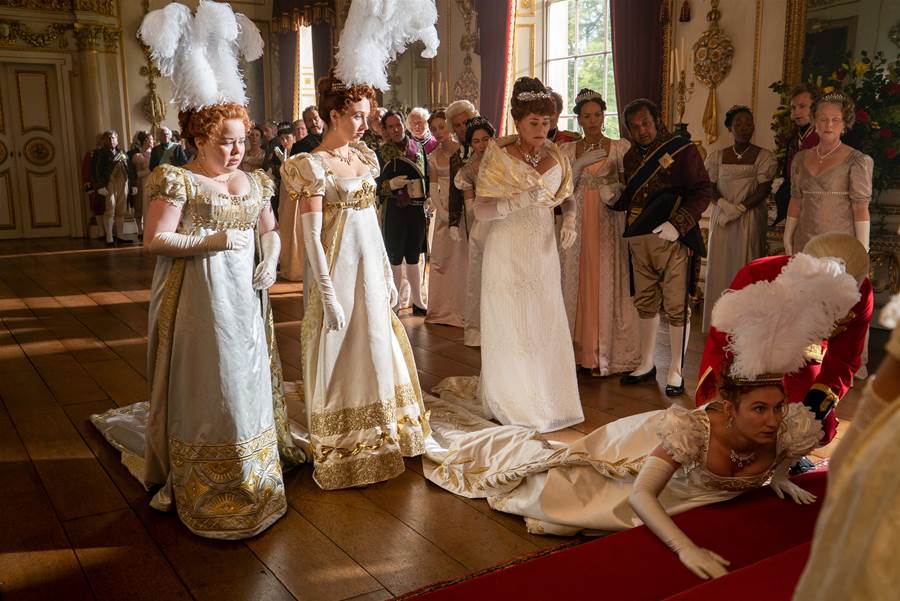
From grand balls to scandalous whispers, "Bridgerton" has captivated audiences with its romanticized portrayal of Regency-era England. But how much of it is rooted in historical accuracy? We delve into the world of debutante balls and matchmaking mamas to separate fact from fiction.

The Netflix sensation "Bridgerton" has taken the world by storm, transporting viewers to a world of opulent balls, dazzling costumes, and of course, those scandalous love affairs.
But amidst all the steamy romance and dramatic plot twists, how much of the show's portrayal of Regency-era England is actually rooted in reality?
The Marriage Market: Where Love and Legacy Collide
"Some of the ways in which gender relations are portrayed and some of the courtship are rooted in an accurate history," explains Michael Peplar, a history professor specializing in the 19th and 20th centuries. "The idea of the social season, debutantes coming out into society and there being strict rules about how men and women behave and interact with each other … there is some accuracy in that.
"
Just like in the show, noble families in Regency-era Britain viewed marriage as a strategic alliance, a way to solidify their dynasty and climb the social ladder.
The article is not finished. Click on the next page to continue.



















